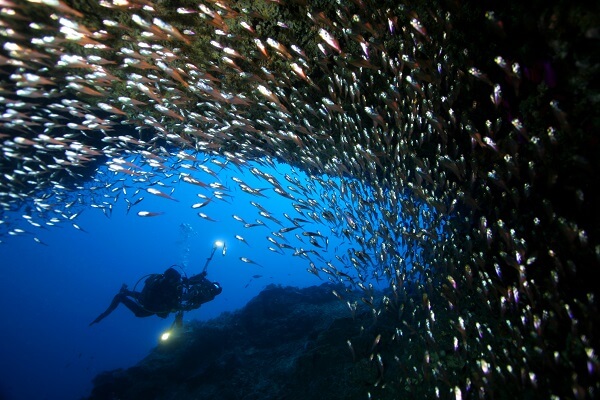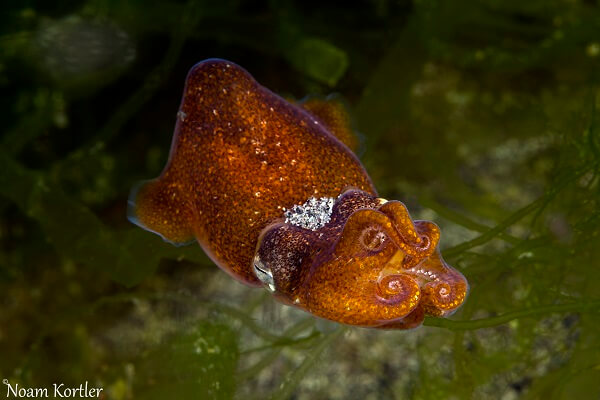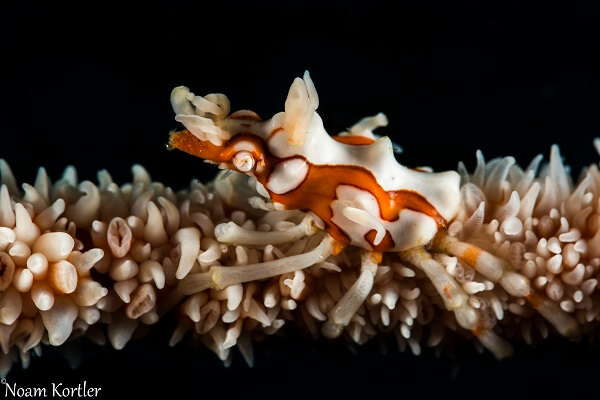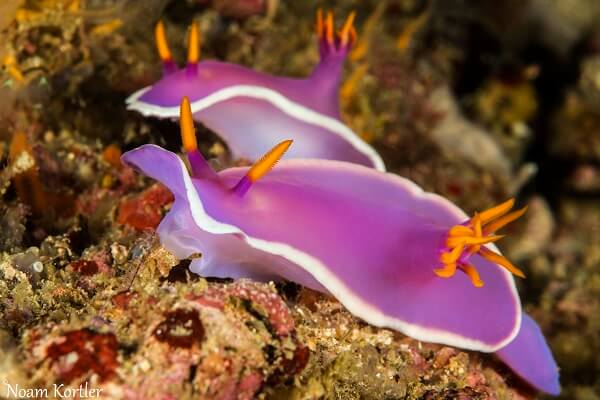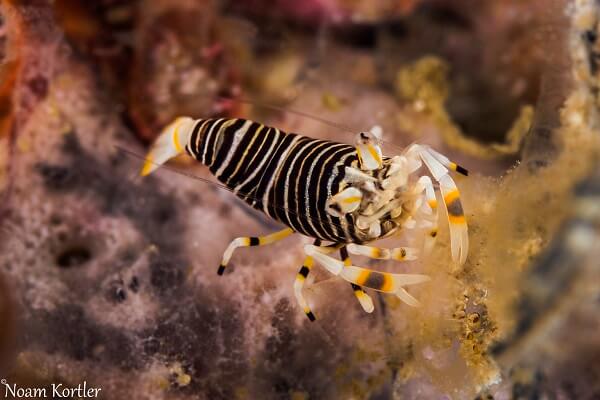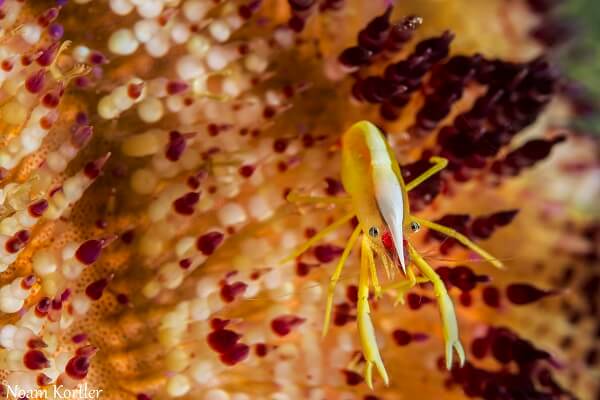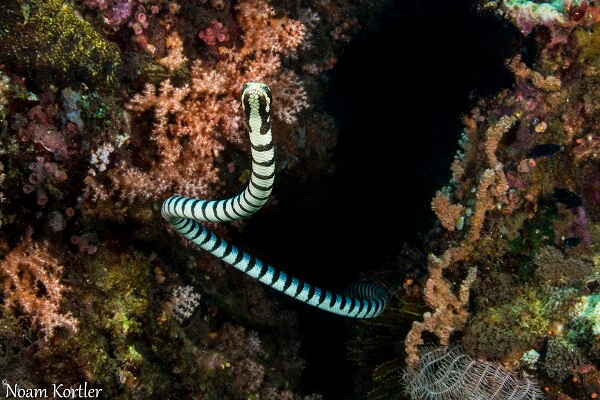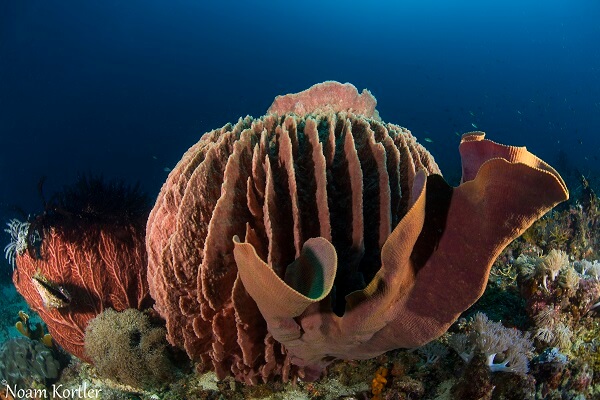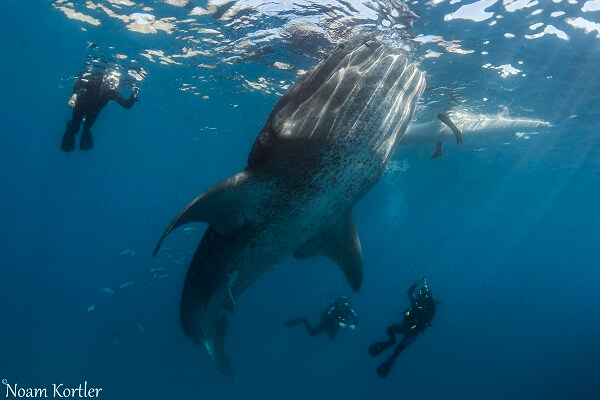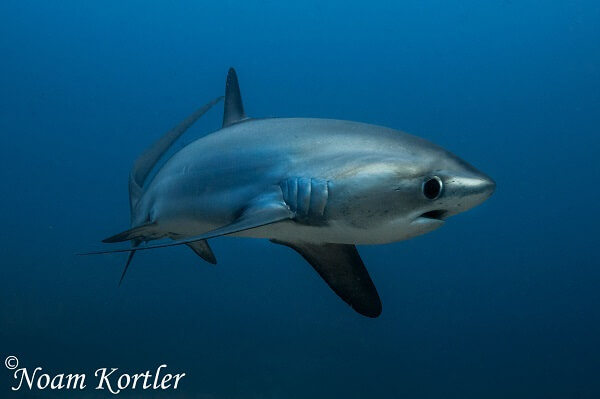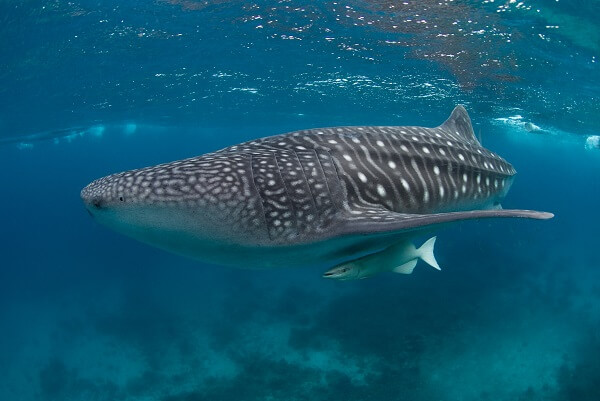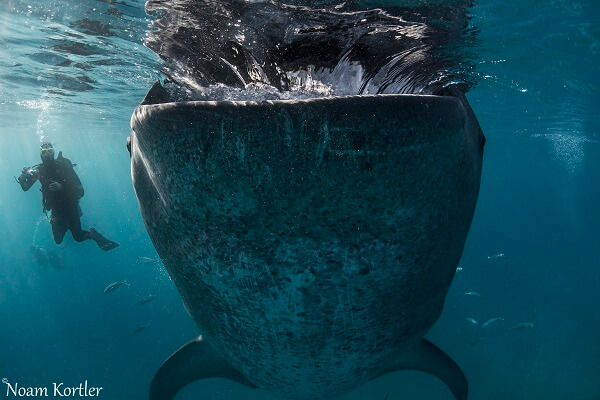צלילות בפיליפינים

Why
The Philippines is a country with 7,107 islands, located in the western Pacific
Ocean, north of the equator. Some of the islands with active volcanoes and peaks
reaching to a height of 2000 meters above sea level.
A wonderful climate, difference of heights, thick vegetation, beautiful beaches
and pleasant population all contribute into making the Philippines one of the
world's most interesting and leading destinations.
The Philippines is home to some of the world's leading diving attractions, scattered
in different and remote areas, and therefore it is necessary to decide in advance what
you are interested in seeing, in order to plan your trip accordingly.
Here is a summary of most of the best dive sites. For further details,
click on the "Sites" link below.
Donsol & South Leyte- Excellent sites for both diving and snorkeling with whale sharks.
Anilao Batangas- Anilao is considered to be global capital of the macro life.
Coron, Palawan– one of best shipwreck sites in the world and the opportunity to dive
in a magnificent lake.
Busuanga- one of the only places in the world with a high chance of seeing a Dugong!
Malapascua- the best place in the world to see the rare Thresher Shark.
Tubataha- one of the richest and wildest reefs in the world with incredible visibility.
Boracay Island - A great place to learn to dive all year round,
with beautiful beaches and colorful reefs.
Bohol Island- Diverse and wild dives all year round, spectacular beaches such as Alona beach.
Puerto Galera- a spectacular and beautiful area to learn to dive. Reefs rich in small marine
creatures and a variety of dive sites for advanced divers.
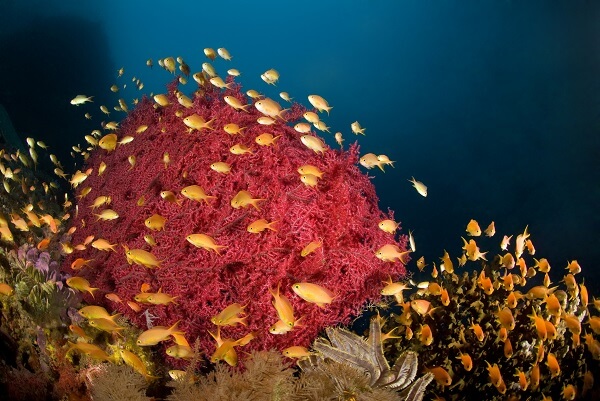
When
The Philippines is considered a tropical climate and the weather is divided into main seasons.
The dry season is between October to May (temperature ranges from 25 to 35C degrees).
The rainy season is between June to September (temperature ranges from 21-30C degrees).
Due to its pleasant climate, the Philippines is a suitable destination all year round.
However, you should choose the best time to visit according to the purpose of your
trip and what you wish to see.
Tubataha is specifically recommended between March to June.
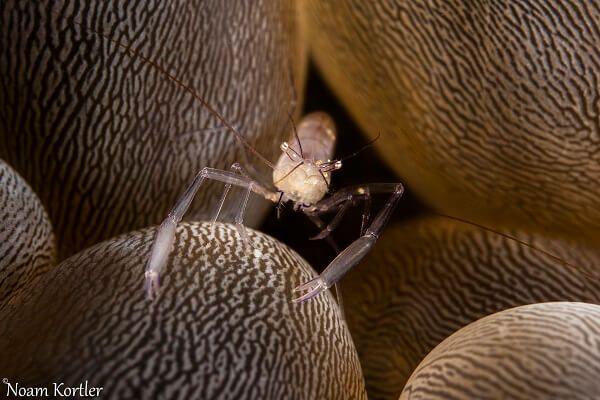
How
The two main options whilst visiting the Philippines are resort diving holidays or Liveaboard.
We strongly recommend that you combine them in order to enjoy both worlds.
Dive Liveaboards - The most professional way to reach the best diving and snorkeling sites.
The Liveaboard are comfortable and pampering and sail from one spectacular site to another.
The Liveaboard offers three spectacular day dives, luxurious meals in between dives and high
standard air-conditioned rooms to relax and sleep. Also on board, spacious and equipped decks
for divers to enjoy a comfortable and quality time between the dives.
Liveaboard in the Philippines have several different route options, including Malapascua, Caminuin,
Tubbataha and more. Each of the routes are unique and suitable for a specific period of the year.
Resort Vacation - The Philippines offers a fantastic selection of amazing sites on the most
beautiful beaches in the world such as MoalBoal, Anilao and others.
Crystal clear lagoons and golden beaches, comfortable rooms, some of which are built right
on the sea shore, and an option to depart on fantastic daily diving trips. End the day back at
your resort, indulge in a relaxing massage and a delicious Filipino-style dinner.
כללי על היעד










אופי הצלילות










מה רואים


















































Donsol & South Leyte
Excellent sites for diving or snorkeling with whale sharks who come here to devour the
vast amount of plankton in this area arriving from the Pacific Ocean. Here is a great place
to see manta rays, pelagic fish, soft corals and colorful small marine creatures.
Recommended season: December to May.
Anilao Batangas
The best place in the Philippines, if not the whole world, for small marine creatures.
Classed as the "global capital of macro marine life", Anilao is a true paradise for
photographers and a chance to capture superb photos of thousands of rare underwater
creatures. Rainbow colored soft and hard corals, dozens of colorful nudibranch, rare
species of octopuses, crabs, shrimps and more.
Additionally you can see an amazing variety of pelagic fish and sharks.
Recommended season: November to May.
Coron, Palawan
One of the best shipwrecks sites in the world. In September 1944, the American army
sank 24 Japanese ships. Approximately a dozen of were found and well preserved and
at a depth of 12-30 meters. An intriguing site, perfect for recreational diving and a great
place to see numerous species of reef fish, nudibranch and much more.
In Coron you can also dive in the amazing Barracuda Lake located at the entrance of an
ancient volcano, a unique and diverse experience.
Recommended season: Diving in Coron is suitable all year round.
December to May are months of optimal weather conditions and visibility.
Busuanga, Palawan
A great area for diving along reefs with rich and colorful walls, fantastic small
marine creatures, shipwrecks from World War II and a lot more.
This is the best departure point to visit the famous Apo Reef.
However, the most unique aspect of the region and what makes it one of the most
special places in the world is the high chance to meet with the Dugong, rare and
shy sea mammals, that can hardly be seen anywhere else in the world!
Recommended season: Diving is suitable all year round,
June to October are less recommended.
Malapascua Island
A small island north of Cebu. This is the best place in the world guaranteed for seeing
Thresher Sharks, in the recreational diving limits. Due to their sensitivity to light, Thresher
Sharks usually live in deep waters or in areas of low-visibility. Approximately an hour sail
to Monad Shoal reef, you can spot the Thresher Sharks in the early mornings at depths of
20-30 m. They swim up to shallower depths in order to get rid of parasites on their skin.
In addition, you can see manta rays, numerous small marine creatures, various species of
sharks, shipwrecks and much more.
From Malapascua you can reach a dive site at Gato Island. This site has a fascinating cave
you can dive along from one side of the island to the other, where you can find white tip
sharks and sea snakes.
A daily dive trip to the famous Kimod Shoal dive site is a must where you can see
Hammerhead sharks.
Recommended season: Diving is suitable all year round,
December to April are the best months to spot sharks and manta rays.
Tubataha
The Tubataha Nature Reserve is located in the wild Zulu Sea and includes two atolls
and a small island. The visibility is amazing and the corals here are of the richest in the
world. In the two big atolls, you can see many sharks, a variety of open sea creatures and
thousands of reef creatures. This protected nature reserve is open to divers for only three
and a half months a year.
The sites are different from the other reefs in the Philippines, having a more "Indonesian"
character that includes colorful reefs, numerous reef fish, manta rays, many species of sharks
and even guitarfish (Ray sharks) are seen here in high percentages.
Recommended season: March to June.
Boracay Island
Boracay is a beautiful island with superb white sand beaches, colorful reefs and spectacular
macro marine life. Access to diving sites is very convenient and the sea conditions are very
comfortable throughout the year, all making Boracay a great place to learn to dive.
In Boracay you will be able to see turtles, reef sharks and pelagic fish such as tuna and barracudas.
Recommended season: Diving is suitable all year round.
During April to June visibility conditions are optimal and reach 20- 30 meters.
Bohol Island
The Bohol Archipelago is one of the most beautiful and diverse areas for diving,
featuring walls of coral, turtles, reef sharks, colorful macro life and open water fish.
Alona beach is the recommended departure point to reach Bohol’s best diving sites
and great beaches.
Recommended season: Diving is suitable all year round.
During December to June you can spot large schools of Hammerhead sharks.
Puerto Galera
One of the best places for macro life, and a great place to learn to dive due to optimal
sea conditions. A true paradise for underwater photographers! Here you can see reef
sharks and large schools of pelagic fish. This location is beautiful whether underwater
on the shore. In the Verde Island passage, there are strong currents and exceptionally
clear water featuring special deep wall dives.
Recommended season: April to September- exceptional visibility, comfortable sea
conditions and warm waters.
Close
באיים הפיליפינים חוויות הצלילה רבות ומגוונות. מחיי מאקרו מהיפים והעשירים בעולם באנילאו,
לספינות טרופות עם הסטוריה מרתקת בקורון, כרישים מסוגים רבים ובניהם הכרישועל הנדיר
במלפאסקווה, וכל זה עם נוף עוצר נשימה גם מעל פני המים התכולים של חופים לבנים מקושטים בעצי דקל.
פירוט אודות כל יעד צלילה ניתן לקרוא בלשונית "אתרים" פה מימין.
CloseInternational Time
GMT + 8 hours.
Entry Visa
For most nationalities, the immigration authorities grant a 59 day visa upon
entering the country. You are required to present a valid passport with at least
6 months validity from the date of entry. for more information please contact
the nearest embassy in your country.
Vaccines
We recommend keeping updated with your Ministry of Health website.
Personal Documents
A passport with at least 6 months validity.
Travel and diving insurance - can be purchased on this site.
A credit card is accepted in most places (but only on some of
the boats) saving the need to carry excess cash.
Diving certificate, valid diving insurance and a diving logbook.
Photocopy of your passport, diving certificates and travel insurance.
Make sure to keep it in a separate file from the original documents.
Diving Equipment
It is recommended to bring your own equipment with which you are
accustomed to using, especially a mask and a dive computer. Scuba
diving with a computer is not necessary but definitely recommended!
Check your diving equipment prior to your departure.
Rented scuba diving equipment must be booked in advance.
Payment for the equipment will be directly to the boat.
The thickness of your wetsuit should be 3 mm and according to your
personal comfort.
Photography
This is certainly a destination to document. The Philippines are one
of the most spectacular places to photograph above and below water,
some say it is an photographer's paradise! Amazing beaches, turquoise
blue lagoons, red sunsets and spectacular sea landscapes are just some
of the views you will want to capture with your camera. You do not
have to be an expert photographer in order to take superb photos to
capture some amazing, unique and unforgettable moments.
Diving packages are available for most kinds of cameras, for photography
above and under water. Easy-to-use extreme cameras are also a popular choice.
Our instructors are experts on the subject and we will be happy to advise and
assist in purchasing an underwater photography kit and training prior to the trip.
Clothing
It is unnecessary to pack a lot of clothing on a dive holiday in a tropical climate.
A light garment to wear in the day between dives is recommended.
One or two buttoned shirts for the evening can be useful.
It is recommended to wear warm sports cloths during your flights.
You can avoid bringing shoes and in most cases, a sport sandal is sufficient.
Towels and bedding are provided by hotels and on the boats.
Medication and First Aid
Pre-equip yourself with enough personal medication, the chance of obtaining
specific drugs is small. Do not forget to stock up on seasickness pills if necessary.
Pack a high factor sunscreen to protect you from prolonged exposure to tropical
weather. We also recommend you bring a mosquito repellant and cream to apply
if you are bitten.
Flights
Many areas in the Philippines can only be reached via a domestic flight.
When you receive your flight ticket, please ensure that your name is
spelled exactly as in your passport! Whilst checking in, make sure that the
label on your suitcase shows MLE as the final destination of your trip.
You must arrive at the airport at least 3 hours before departure. The
number of bags and their weight should comply with airline restrictions
to avoid overweight charges. Weight regulations are strict on domestic
flights and entail a nominal fee for every extra kilo.
Transportation, Arrival and Pick Up
A representative on our behalf will be waiting for you to coordinate
transportation, domestic flights, transfer to the boat or hotel, according
to the itinerary. In the itinerary that you receive from us, you will find
details of the trip and the phone number of the contact person who will
await you.
Communication
The resorts and boats offer internet access, however please take into account
that access maybe limited and not at the level you are accustomed to. If you
need to stay connected. we recommend you purchase a local SIM card at the
airport on arrival. The Sim cards are relatively cheap and ensure internet access.
Please install the SIM in the store and check that it is in working order.
Weather
The Philippines is considered a tropical destination, suitable for visiting all year
round, and the weather is divided into two main seasons. The dry season is
between October and May and the rainy season is between June and September.
The weather is comfortable all year and temperatures range between 24-35C.
During the wet season, temperatures range between 21-30C degrees and in the
dry season between 25-35C degrees.
Sometimes the Philippines is hit by powerful typhoons. These can be predicted and
monitored in advance allowing you to prepare and decide how to continue your trip.
Sea Conditions
Weather conditions in the Philippines are variable. The populated areas and the
sailing areas are protected by the islands. Most activity takes place in a pleasant
and calm sea, but sometimes seas are high due to winds felt whilst sailing between
islands and sailing to various diving sites. Use an inflatable buoy to mark your
position, until the dive boat arrives. Visibility conditions under the water are good
and range between 10-35 meters depending on the weather and sea conditions. Keep
at a distance that allows eye contact with the group leader according to the site's visibility.
Electrical Supply
230 V, we recommend to bring a universal adapter to avoid problems.
There are different types of sockets and you should prepare for this in advance.
On most ships, you will find charging stations that suit a variety of electronical devices.
Money
The local currency is Peso.
The calculation is usually around 40 pesos to the US dollar.
Credit cards are accepted by some tourist service providers.
Local Taxes
Departure tax on an international flight is 750 pesos per person (about $19)
and on domestic flights 200 pesos, per person ($ 5). (prices might change)
Tips
Tips are commonly paid to tourist service providers.
In restaurants, a 10 percent tip is the normal going rate.
For a few days stay at a resort or on a boat, it is usual to leave between
$60 and $100 per person, according to the level of service.
It is recommended to give the tip openly before departure when the
local team assembles to say goodbye.
Customs
Duty free items are permitted and are limited to 200 cigarettes and
1 liter of alcohol per person.
In the Philippines there is a death penalty for drug imports.
Emergency Numbers and Decompression Chambers
The Philippines has a large number of decompression chambers cells and you
should allow the local operations team notify the local practices according to
local procedures whilst being in control of the situation in order to understand
the procedure. The evacuation process will be according to the distance from
the nearest decompression chamber and according to available transport.
Decompression Chamber Details:
Cebu Cebu Recompression Chamber,
Viscom Station Hospital, Lahug,
Cebu City Contact Person: Mamerto Ortega,
Chamber phone: +63 (32) 310-709
What is the Best Choice for Scuba Diving Vacation, Resort or Cruise?
When choosing a vacation in the Philippines, the answer is unequivocal- both.
At least a week of sailing and at least a week on the amazing beaches. If your
time is short then we suggest you consult with us in order to understand the
purpose of the trip and thereby recommend specific sites.
This is really one of the destinations where all options are good.
Do I need to be an experienced diver to participate in such a trip?
The Philippines are one of the most convenient diving destinations and diving
sites are varied and are also suitable for inexperienced divers. The ship crew is
experienced and includes at least two to three diving instructors. Diving is done
in small groups and under full control.
A week of intensive dives improves the level of diving and comfort in the water
quickly. You can also complete you next level of qualification during the trip, for
an additional fee. Relatively close diving sights can be reached from the shore via
speedboat or local boats, under calm and clear sea conditions.
Are cruises suitable for non-divers?
This is undoubtedly one of the most suitable destinations for non divers.
The water is comfortable, conditions are easy, the reefs are perfect for
snorkeling and there is plenty to on the surface too!
Do I Have to Dive With Nitrox?
Most modern boats provide oxygen enriched air (Nitrox). On an intensive
dive tour Nitrox can be used to increase the safety ranges by using your dive
computer on normal air condition mode. Beyond that, there is no dramatic
effect on the total amount of time spent in water that is derived from the
amount of air in the tank. Using Nitrox is your choice.
Do we Disembark the Boat?
The boat is actually a floating base on which all dry activities are conducted
including resting periods between marine activities and watching whales
and dolphins, sunbathing, relaxing and sailing from site to site. The rooms
onboard are air-conditioned and all meals are served onboard. During the
cruise, there are several initiated stops where you can visit local villages,
meet local residents, participate in a local party, take a tour, purchase
souvenirs, etc.
Do I Need Medical Approval to Dive?
In principle, the requirement for medical approval is international with a
medical statement accepted by diving organizations. If the answers to all
the questions in your health declaration are negative, then there is no
problem. If there are positive answers, consult your diving doctor and
get approval. If you are over the age of 45, medical approval is required.
Should I Purchase My Own Diving Equipment?
The answer to this question is according to the amount of dives. Naturally,
when planning a scuba diving trip you can decide to purchase full or partial
scuba equipment. We recommend to purchase your own mask and personal
dive computer. We would be happy to be at your service and offer advice on
purchasing equipment.





